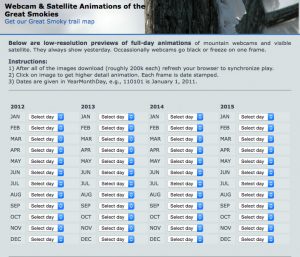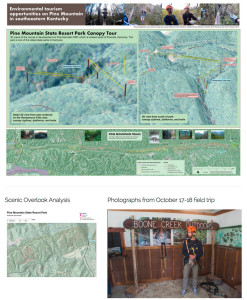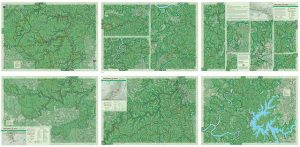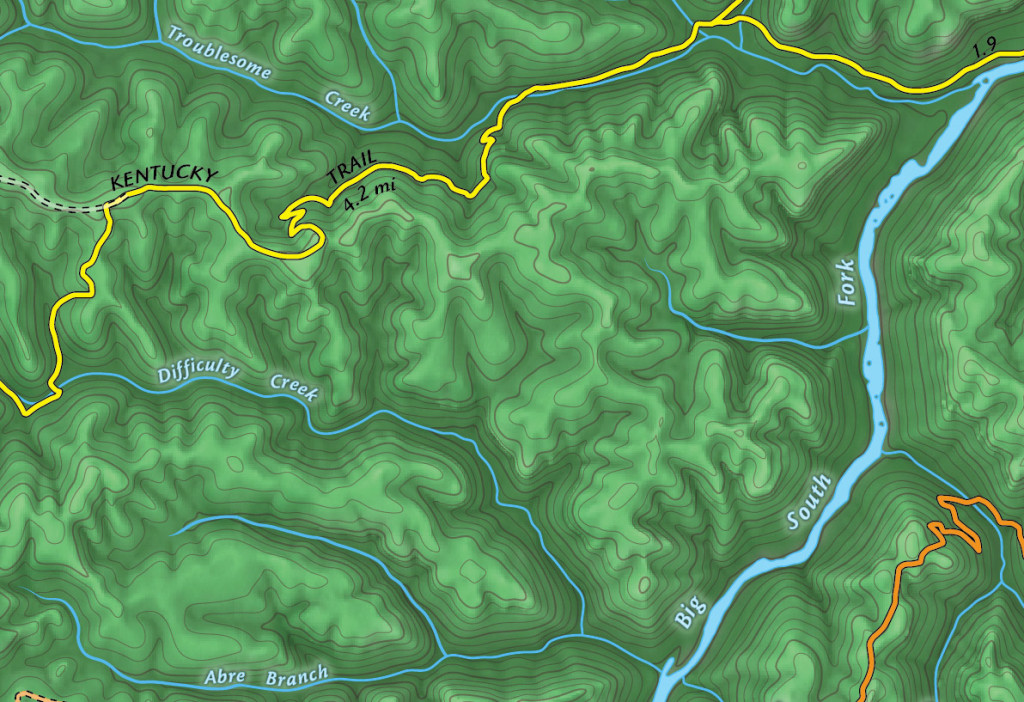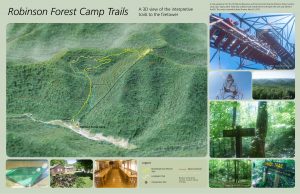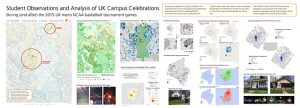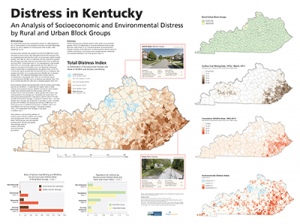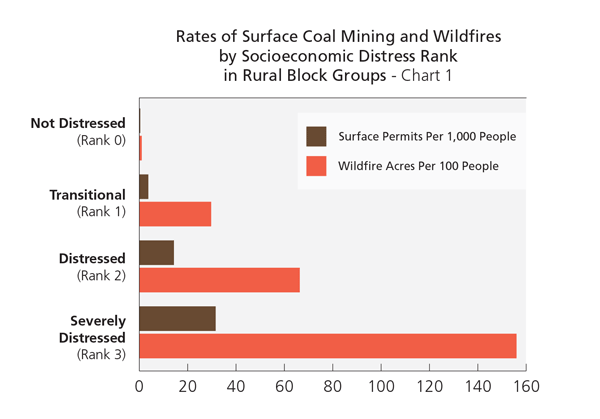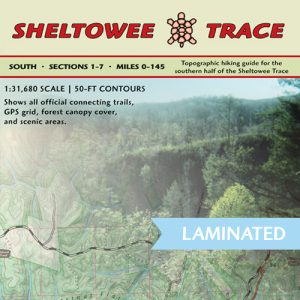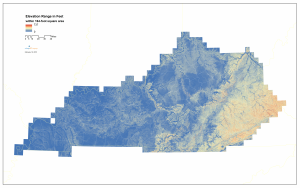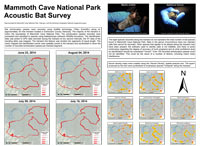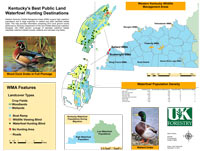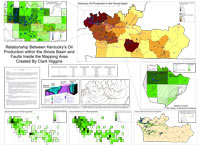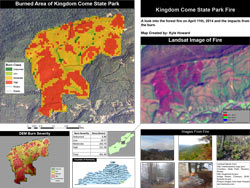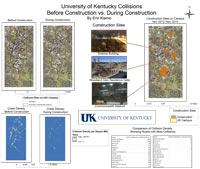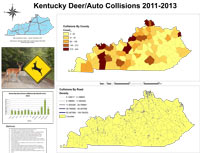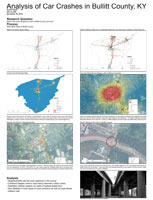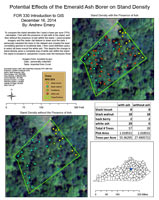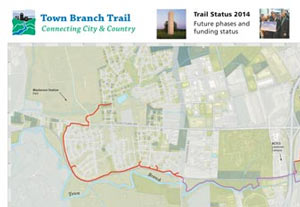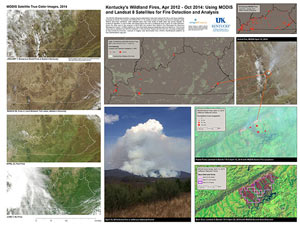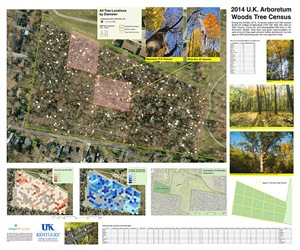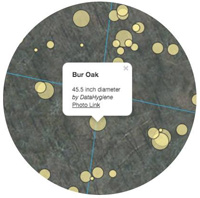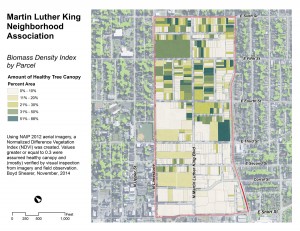Happy New Year to you! We invite you to our four year anniversary of documenting weather animations in the Great Smokies. When we move into 2016, we’ll cycle out the observations for 2012. Over the past dozen years we’ve documented weather for areas our maps cover. More recently, we’ve offered an online media library of webcam and satellite animations and daily weather summaries for the Great Smoky Mountain National Park. They’re offered as animated GIFs for three webcams and a visual GOES satellite for the region.
In short few hours, we’ll have four complete years of these webcams. If you need a nice sunset or sunrise, feel free to explore the archive.
As we look to the future, we’re excited to investigate the public data that many personal weather stations are feedings services like Weather Underground and Netatmo. We’ll start aggregating weather station data for our hiking areas and offer it here. That’s a goal for 2016!

